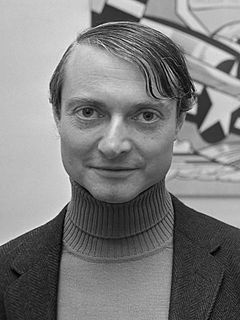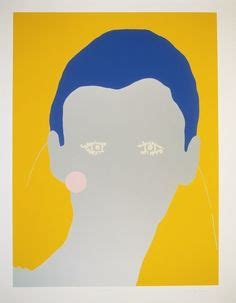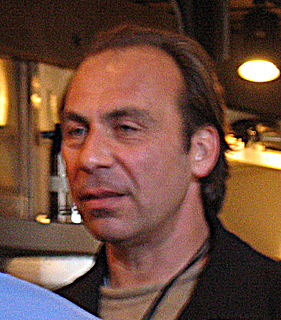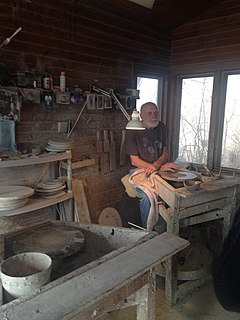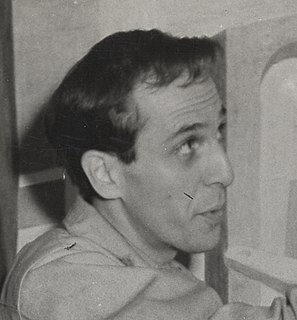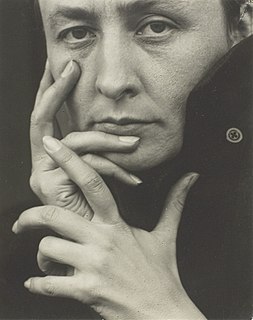A Quote by Paul Cezanne
Personally I would like to have pupils, a studio, pass on my love to them, work with them, without teaching them anything.. ..A convent, a monastery, a phalanstery of painting where one could train together.. ..but no programme, no instruction in painting.. ..drawing is still alright, it doesn't count, but painting - the way to learn is to look at the masters, above all at nature, and to watch other people painting.
Related Quotes
I was always interested in drawing and painting. I enrolled in college to study painting. But I didn't have any livelihood when I graduated. My mother died very young, and I didn't have any home, so I had to find a way to earn a living. It seemed to me that photography - to the great disappointment, I have to say, of my painting teacher - could offer that. So I went and did a degree in photography, and then after that I could go out and get paid for work. For portraits, things like that.
Most people don't really like to pose. It is difficult to get them to be present and relaxed under this kind of molecular scrutiny. I want them to understand I'm not simply painting them: I am painting them within a precise moment in time, as a shadow moves across their eyebrows. Then it is gone. The moment is over.
All that stuff about flatness - it's this idea that painting is a specialized discipline and that modernist painting increasingly refers to painting and is refining the laws of painting. But who cares about painting? What we care about is that the planet is heating up, species are disappearing, there's war, and there are beautiful girls here in Brooklyn on the avenue and there's food and flowers.
You have bits of canvas that are unpainted and you have these thick stretcher bars. So you see that a painting is an object; that it's not a window into something - you're not looking at a landscape, you're not looking at a portrait, but you're looking at a painting. It's basically: A painting is a painting is a painting. And it's what Frank Stella said famously: What you see is what you see.
life's kind of like a painting. A really bizarre, abstract painting. You could look at it and think that all it is, is a blur. And you could continue living your life thinking that all it is, is just a blur. But if you really look at it, really see it, focus on it, and use your imagination, life can become so much more. The painting could be of the sea, the sky, people,buildings, a butterfly on a flower, or anything except the blur you were once convinced it was.



